Dr Shinobu Ishihara introduced in 1917—almost 100 years ago—the most well known color blindness test. Each of his tests consists of a set of colored dotted plates, each of them showing either a number or a path. Since then this is the most widely used color vision deficiency test and still used by most optometrists and ophthalmologists all around the world.
There are other color blindness tests available, but none of them is as famous as the Ishihara plates. It is also well known, that even people with normal color vision sometimes struggle with this test. But nevertheless this plates are still in use in the absence of any better and still affordable color vision test.
Hereafter the 38 Ishihara Plates will be shown. If you would like to take an online test, please visit my collection of Online Color Blindness Tests.
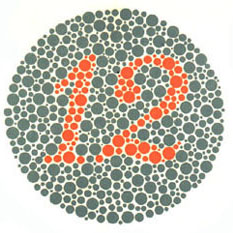 |
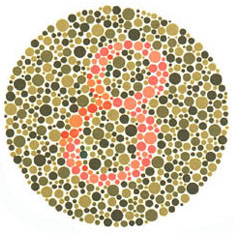 |
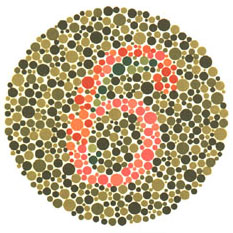 |
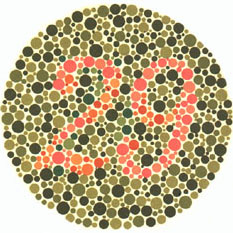 |
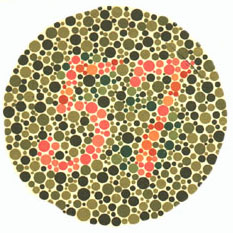 |
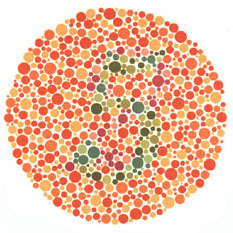 |
 |
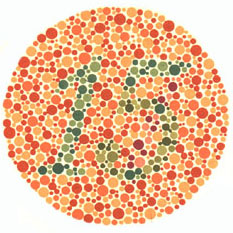 |
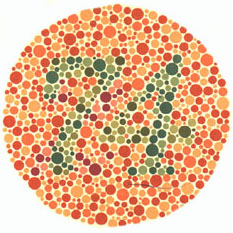 |
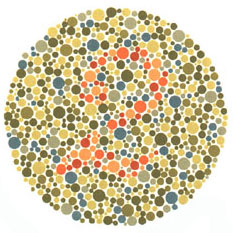 |
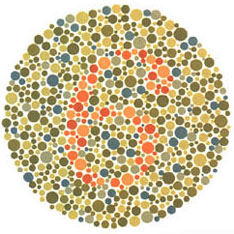 |
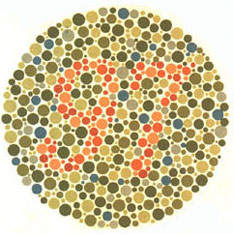 |
 |
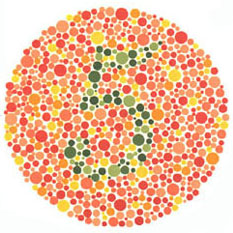 |
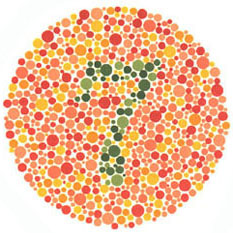 |
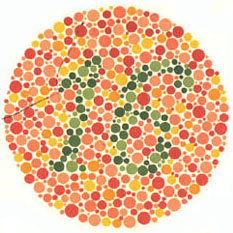 |
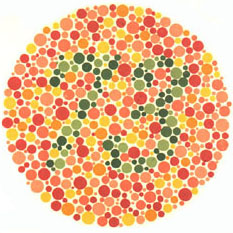 |
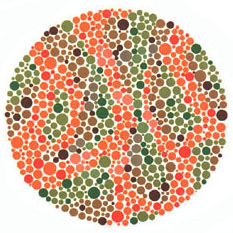 |
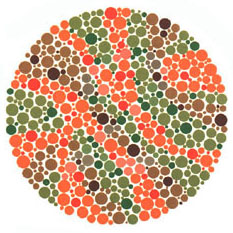 |
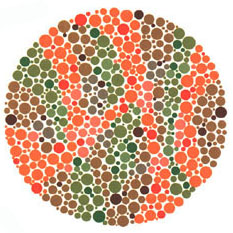 |
 |
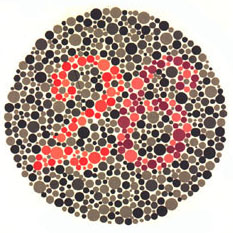 |
 |
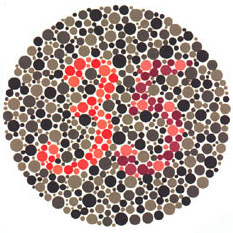 |
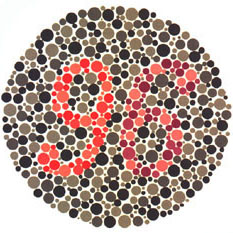 |
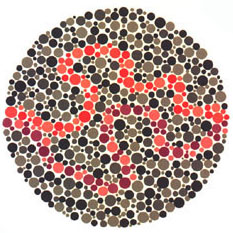 |
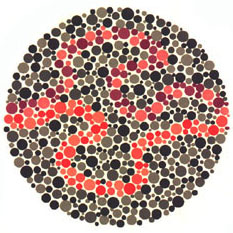 |
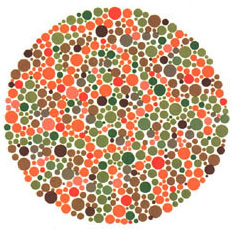 |
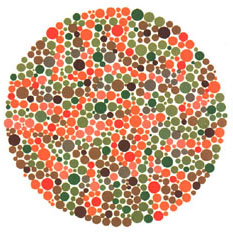 |
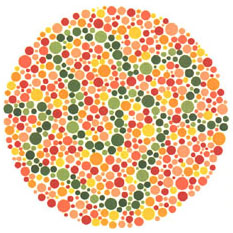 |
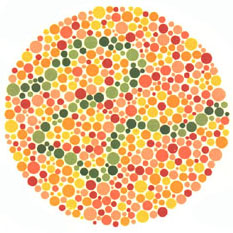 |
 |
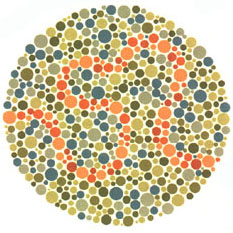 |
 |
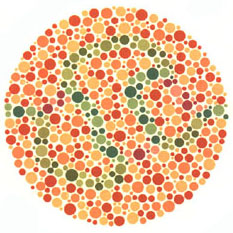 |
 |
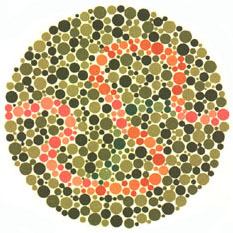 |
 |
Personal comment: I believe that this scanned plates have some shifts in color. They don’t really consist of the same colors as the original versions. With these plates I would suffer from deuteranomly as any other test shows that I’m suffering from protanomaly.
There exist four different types of plates:
- Vanishing design: Only people with good color vision can see the sign. If you are colorblind you won’t see anything.
- Transformation design: Color blind people will see a different sign than people with no color vision handicap.
- Hidden digit design: Only colorblind people are able to spot the sign. If you have perfect color vision, you won’t be able to see it.
- Classification design: This is used to differentiate between red- and green-blind persons. The vanishing design is used on either side of the plate, one side for deutan defects an the other for protans.
Try your best! If you can see all of them you are definitely color abnormal, as some of them should only be seen by colorblind people and others only by non-colorblind ones :-)
